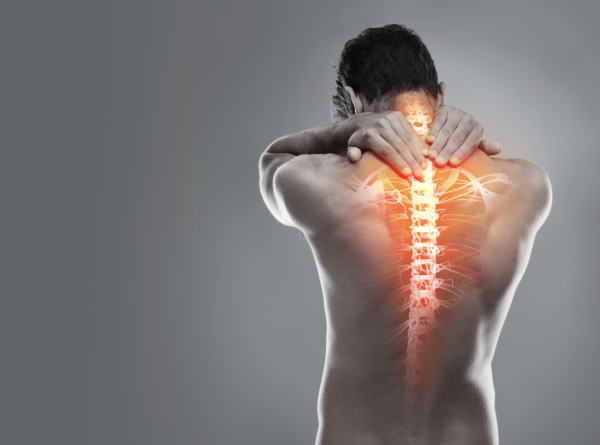
At Shanti Recovery and Wellness, we see many patients who describe ongoing, often debilitating pain on a weekly, daily or constant basis. If you aren’t one of the 25% or so of Americans living with some form of chronic pain, this may come as a surprise. It is very easy to take a life lived without chronic pain for granted.
For the rest of us, chronic pain is a fact of life.
And for many who also suffer from Substance Use Disorder (SUD), the co-occurring experience of chronic pain is no accident.
Today, we will cover how common it is for SUD patients to also experience chronic pain, why chronic pain and SUD are linked, and what can be done to prevent SUD in chronic pain patients. We’ll also cover what patients who experience both SUD and chronic pain should look for in a healthcare provider.
How Common is it for Patients to Experience Both Addiction and Chronic Pain?

Very common.
First, chronic pain is very common in the United States. According to the Center for Disease Control, here’s how chronic pain statistics break down in the United States:
- 8.5% of people ages 18-29 live with chronic pain
- 14.6% of people ages 30-44 live with chronic pain
- 25.8% of people ages 45-64 live with chronic pain
- 30.8% of people age 65 and older live with chronic pain
Some studies pin the overall percentage of Americans suffering from chronic pain at 30%. Obviously, age factors into the likelihood of experiencing chronic pain, but no age bracket is exempt from the possibility of living with chronic pain.
Addiction is also a common experience in the United States. According to a recent SAMHSA study:
- 16.5% of the US population meets the criteria for Substance Use Disorder
- 21.9% of Americans age 12 and up have used illicit drugs in the last year
- 94% of those with SUD received no treatment of any kind
- The vast majority of those who did not receive treatment believed they did not need treatment or have a “problem”
Chronic pain is a common comorbidity found in Substance Use Disorder patients. Among patients who receive MAT (Medication Assisted Treatment) for Opioid Use Disorder, like Methadone or Buprenorphine, somewhere between 35% and 40% will also happen to be experiencing chronic pain.
Why Does Chronic Pain Increase the Likelihood of a Patient Experiencing Substance Use Disorder?

There are several reasons why chronic pain makes the development of SUD more likely.
First, prescription opioids can lead to the development of SUD in some patients. This became apparent in the last few decades, when the indiscriminate prescribing of habit-forming opioid drugs was commonplace. Studies have demonstrated that roughly 10% of people who receive treatment for chronic pain also misuse prescription opioids. The National Institute of Health estimates that there are about 25 million Americans who suffer from chronic pain who do not have effective non-opioid treatments to address their condition. These patients are clearly among the populations most at risk of developing SUD as a result of their chronic pain.
Second, there is mounting evidence that abnormal pain processing in the brain and spinal cord may be linked to both chronic pain and the development of SUD. Recent studies have down that something called “central sensitization” may be responsible for inundating the brain with pain signals in people with chronic pain. Not only do the brains of people with chronic pain seem to receive more pain signals, they also struggle to turn those signals off once they have been sent. Chronic pain is the result. This type of “central sensitization” is seen in both chronic pain patients and patients with Opioid Use Disorder.
What Can Be Done to Prevent Addiction in Chronic Pain Patients?

There are several things that can be done to prevent the development of SUD in chronic pain patients.
- Avoiding opioid prescriptions and opting for safer options, like low dose Naltrexone
- Stop blaming patients for “drug seeking behaviors” and start creating a non-judgmental and trauma informed environment for patients to receive care
- Create more robust awareness of addiction, recovery and medication-assisted treatment within the healthcare system
- Improve access to medication-assisted treatment, methadone and buprenorphine
- Shift the focus back on patient wellbeing with compassionate, patient-centered care
- Support Prescription Drug Monitoring Programs (or PDMPs) that help providers communicate about prescriptions and patient wellbeing
Looking for MAT, Buprenorphine for Addiction Treatment or Opioid Use Disorder Treatment in Portland Oregon?
At Shanti Recovery and Wellness, we understand how difficult it can be to seek treatment for SUD. We are committed to reducing barriers to treatment for addiction treatment patients in Portland, Oregon and beyond.
Interested to learn more about how we can help? Give us a call today to begin your journey to freedom from addiction.
